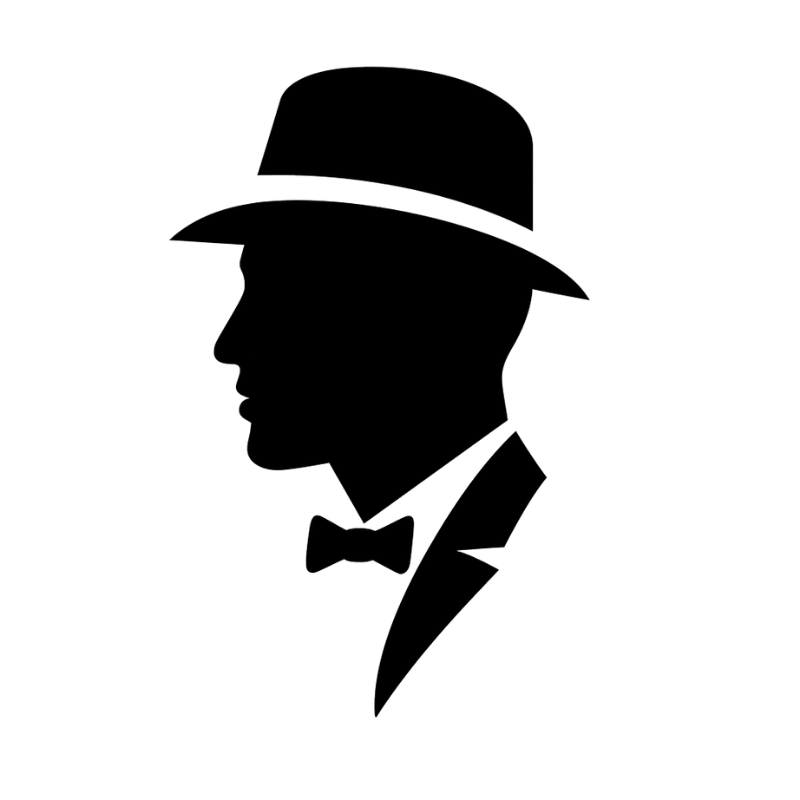Issue #10 - The Rise of Performative Authenticity
Table of Contents
The Mask That Calls Itself Real
There’s a new mask everyone’s wearing.
It’s not a designer. It’s real.
Unfiltered tears on camera.
Messy bedrooms in the background.
Confession-style captions about anxiety, burnout, or heartbreak.
We call it authenticity—but it’s often performance.
Somewhere between the ring light and the “vulnerability post,” truth got rehearsed.
We started curating our imperfections the same way we once curated our highlight reels.
It’s not about connection anymore; it’s about optics.
The Currency of Relatability
Once, social media rewarded aspiration—perfect lives, perfect bodies, perfect brunches.
Now, the algorithm favors confession: the sad-girl selfie, the burnout rant, the tearful car video.
The pendulum swung from “look how perfect I am” to “look how broken I am”—and both extremes are still about attention.
Authenticity became a marketing strategy. We call it “being real,” but it’s often a form of self-branding that says: I’m just like you, so trust me, follow me, buy from me.
Real pain turned into content. Real doubt turned into engagement bait.
And the danger?
When everything becomes content, nothing feels sacred anymore.
The Cost of Constant Disclosure
Vulnerability used to be a bridge between two people.
Now it’s a broadcast.
We bleed publicly and call it healing.
We share every emotion before we’ve processed it.
We overshare in real time and confuse it for intimacy.
But healing doesn’t happen in the comment section.
It occurs quietly—without applause, without validation, without the dopamine hit of likes.
The more we perform our “realness,” the further we drift from actual self-awareness.
The Quiet Revolution
But here’s the shift you won’t see trending:
People are getting tired of the noise.
There’s a growing hunger for what’s not on camera—
for grounded energy, small circles, private wins.
When Tom Holland announced he was stepping back from social media, he didn’t do it for attention.
He did it for peace.
He called it “overstimulating” and “overwhelming for his mental state.”
That’s the quiet revolution.
The man who walks away from the constant feed to protect his focus.
The woman who stops oversharing and starts journaling instead is making a change.
The creator who deletes their story instead of performing through burnout.
It’s not rebellion.
It’s recovery.
The next wave of influence won’t come from those who share everything.
It’ll come from those who protect something.
Because mystery still holds power.
And not everything needs an audience to be real.
Clarity Check
Authenticity isn’t the act of showing everything.
It’s the discipline of knowing what to keep sacred.
Real doesn’t mean raw; it means rooted.
It’s self-possession, not self-exposure.
You don’t owe anyone your unfiltered chaos to prove you’re genuine.
You just have to live in truth—even when no one’s watching.
Before You Burn Out, Try This
You don’t need another digital detox challenge.
You need rhythm.
If you feel stretched thin, start small:
Audit your inputs. Notice who and what drains you—and mute liberally.
Reclaim your mornings. No scrolling before sunrise. Let silence set your pace.
Move your body daily. A walk, lift, stretch, or breathwork resets more than caffeine ever will.
Protect private joy. Not every win needs a post. Keep one thing just for you.
Burnout happens when you keep showing up for everyone but yourself.
So today, do one thing that feeds your energy—not your feed.
🜂 If you’re ready to trade burnout for clarity, you’re in the right place.
👉 Subscribe to The Clarity Drop for weekly insights that help you stay focused, balanced, and grounded in what’s real.
E-Book Spotlight — “Access Isn’t Intimacy”
Stop confusing access for connection.
Learn how to recognize emotional convenience, raise your standards, and exit the gray zone like a grown-ass adult.
From the Archive
Past Editions You Missed
🔹 Issue #9 — Modern Dating Is Rigged Against Men
🔹 Issue #8 — Are We Preparing Our Boys for the World Ahead?
🔹 Issue #7 — Behind the Charm: Unmasking the Malignant Narcissist


